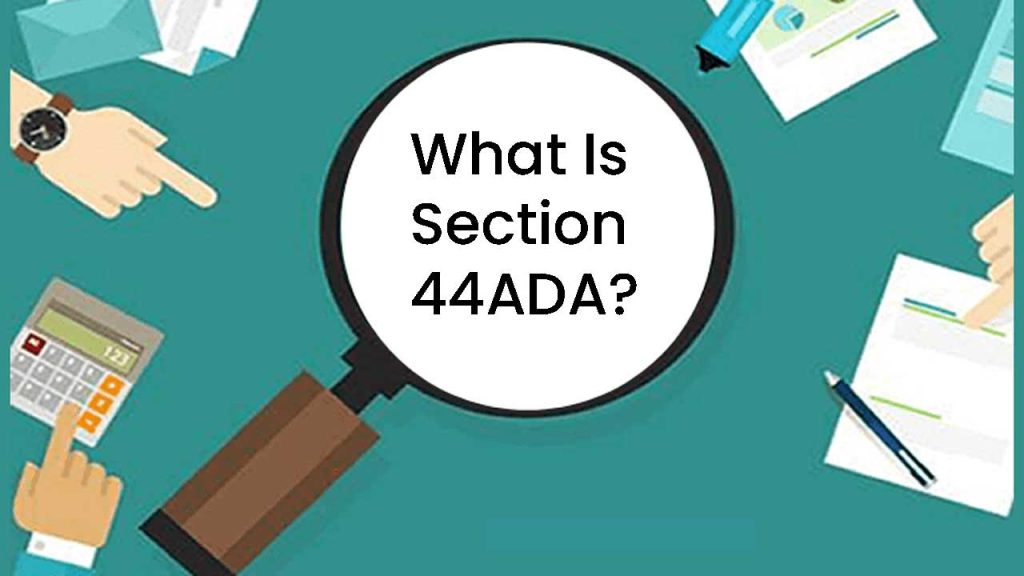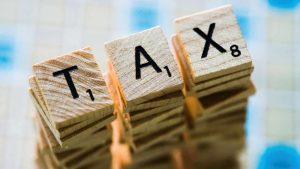A presumptive taxation system was adopted in compliance with Section 44ADA of the FY 2016-17. Section 44ADA offers a clear form of taxing small professionals. Section 44ADA offers a method of presumptive taxation of profits and income coming from professions specified in section 44AA(1) of the Income Tax Act, 1961. For the profit of section 44ADA, only such mentioned professionals whose annual gross receipts have been under ₹50 lakh can benefit.
Section 44ADA is a specific arrangement for estimating the profits and gains of small professionals under such cases. Section 44ADA was adopted to broaden the framework of streamlined presumptive taxes to particular practitioners. Previously, the presumptive tax system was only suitable for smaller enterprises. The presumptive tax system decreases the cost of compliance on small professionals and encourages the convenience of conducting a business Underneath the presumption of taxation, profits are assumed to be 50% of the gross receipts.

The below Indian assesses are qualified:
- Individuals.
- Hindu Undivided Families.
- Partnership firms remember that LLP is not qualified.
Who is qualified for Section 44ADA?
Professionals referred to in Section 44AA of the Income Tax Act, 1961, whose overall gross income is below ₹50 lakh per year, are qualified beneficiaries.
Who are the beneficiaries of Section 44ADA?
Some professionals pointed in section 44AA(1) of the Income Tax Act whose total gross professional profit doesn’t really surpass ₹50 lakhs in the FY.
How much would the presumptive income have to be provided?
Higher of –
Half (i.e 50%) of the gross receipts from the profession (OR)
Revenue from the profession given by the taxpayer
When will the assessee be obliged to maintain the books of accounts and audit it?
If either of the below requirements is met, the management of the accounts as well as the audit is warranted.
- Benefit from the profession shall be given at a rate of less than 50% of gross receipts AND
- The total income of the assessee reaches the standard exemption limit.



